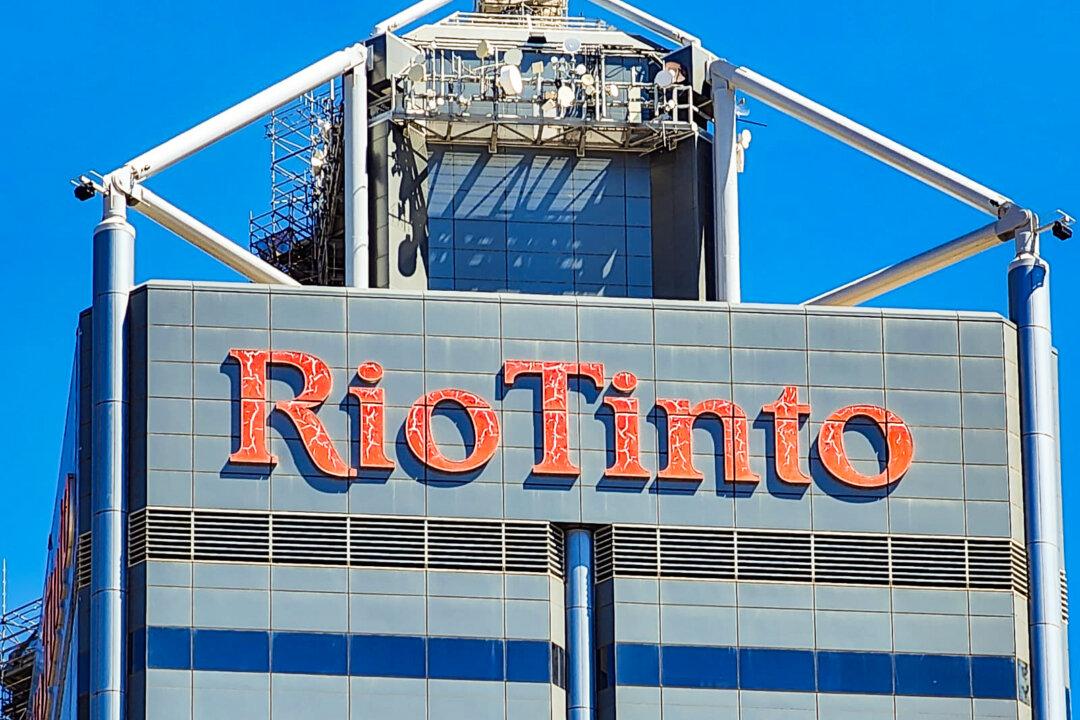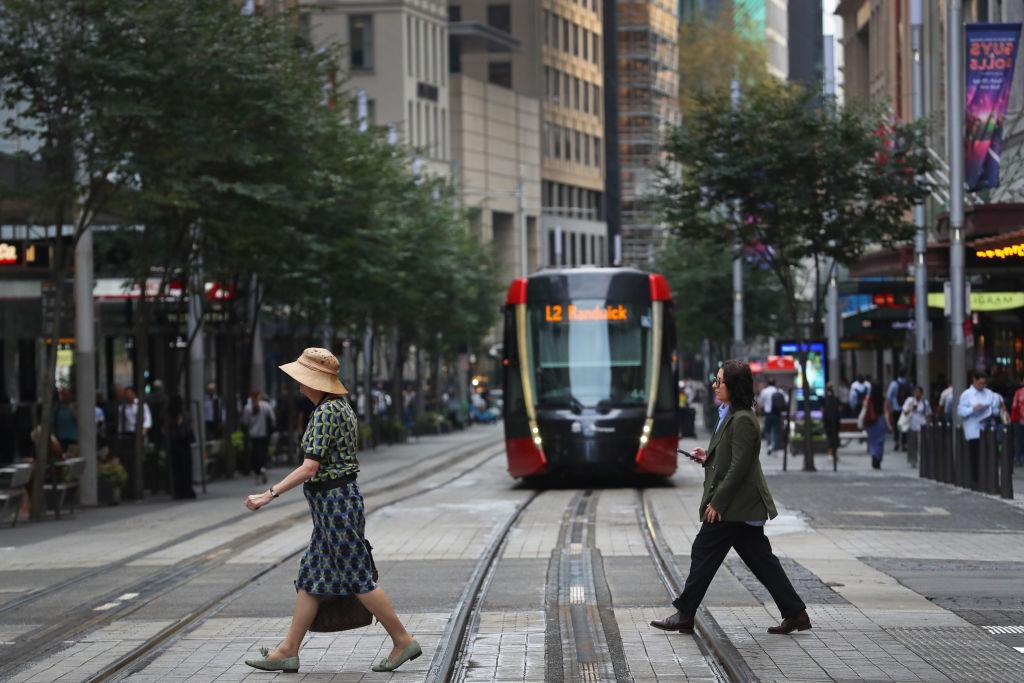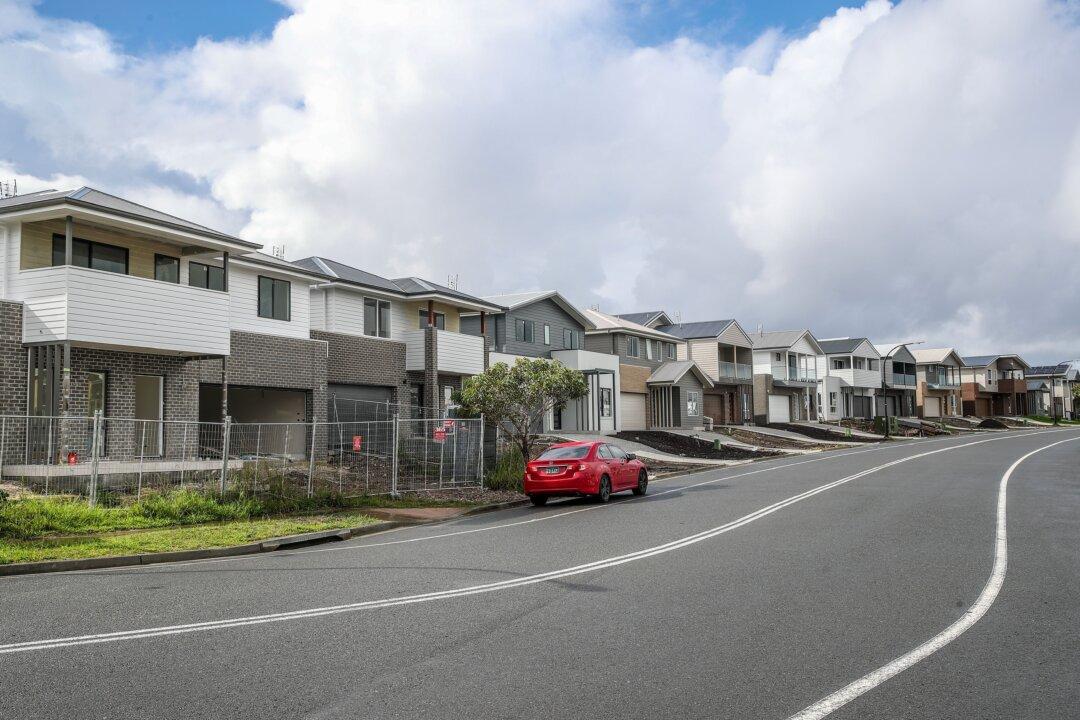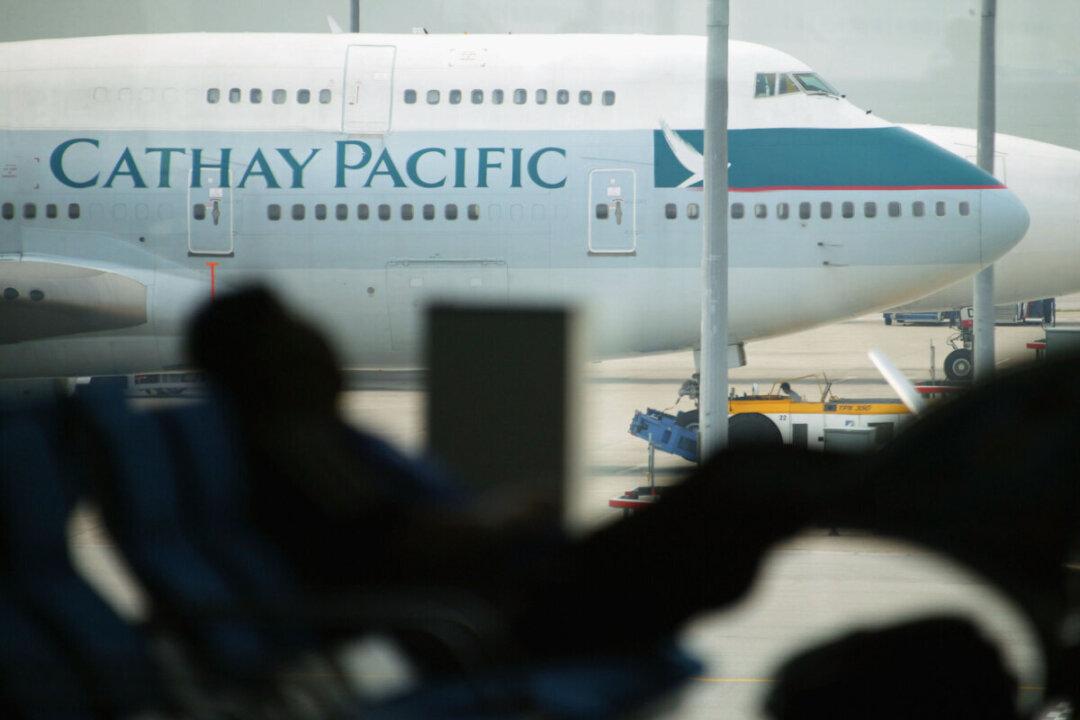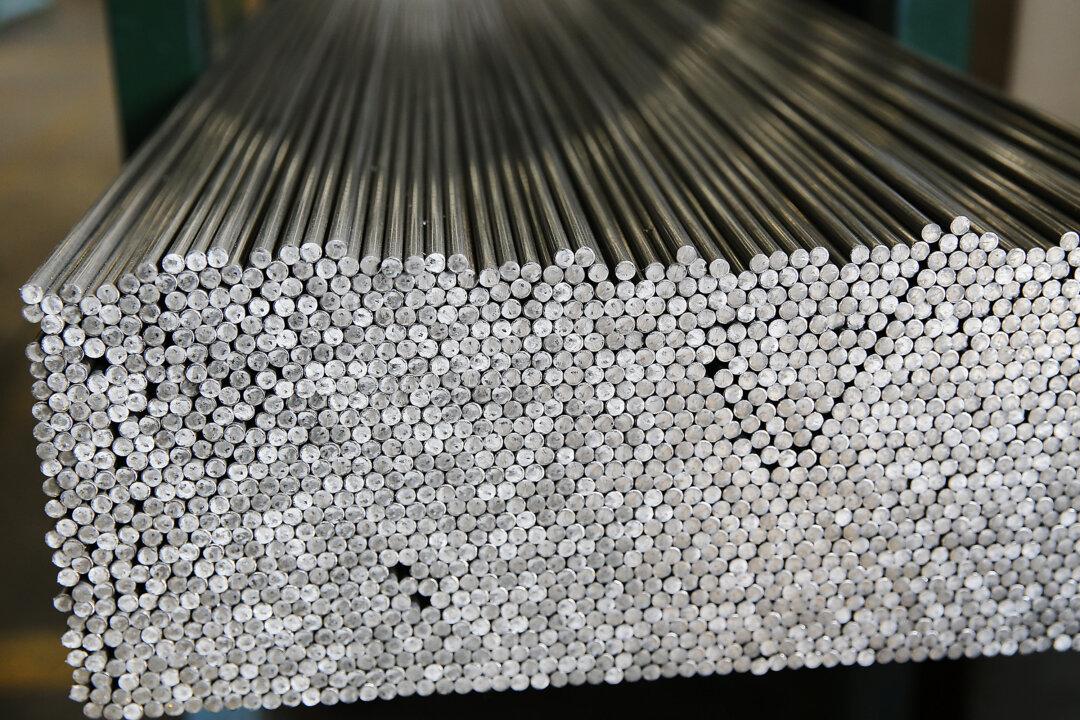Rio Tinto said it will invest $215 million (US$143 million) to develop a research and development facility in Western Australia to assess the low-carbon-making process in support of the decarbonisation of the steel industry.
The new Biolman R&D facility is expected to rise in the Rockingham Strategic Area, south of Perth.
